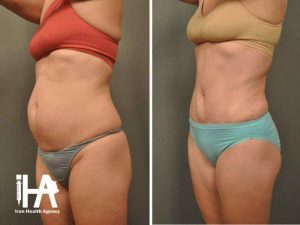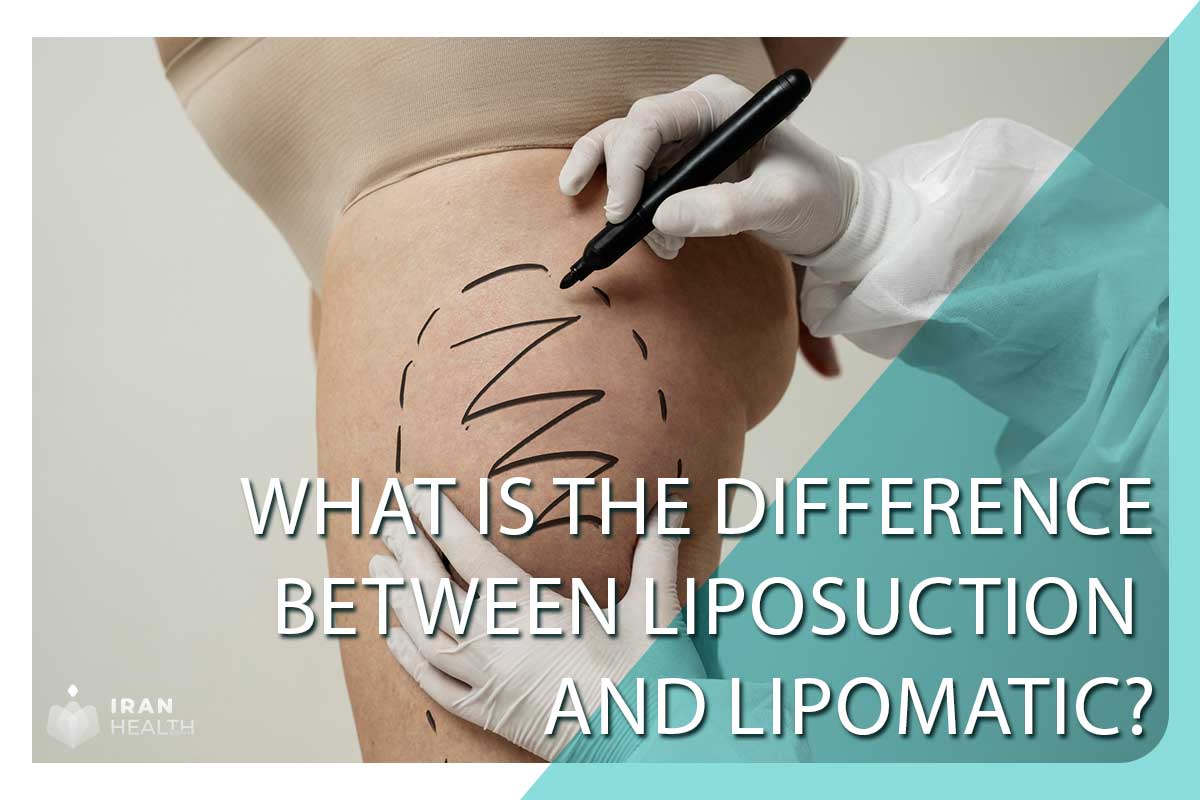This treatment is similar to liposuction, with the exception that the discomfort and side effects are less severe. Furthermore, the purified fat can be injected into various areas of the face and body. This method does not involve surgery, and the cannulas (tubes used for fat removal) reach the skin layers with only a few millimeters of the incision.
As a result, there will be no difficulties following surgery, and you will be able to resume your normal activities after a relatively short recovery period.
Our main concern right now is whether this type of liposuction is the same as lipomatic liposuction. Lipomatic and liposuction are both local slimming techniques; however, they vary in certain ways. Lipomatic is sometimes confused with liposuction.
We will strive to clarify the distinctions between these two processes in this post so that you can select the finest option for your cosmetic operation.
What is lipomatic?
Lipomatic is a type of cosmetic surgery that employs this approach to remove fat tissue from the body. It has gained popularity in recent years and has rescued many individuals from obesity.
Lipomatic is a well-known and safe method of slimming. The fat tissue is physically destroyed by impact rather than by heat in this method.
Lipomatic surgery is one of the most common procedures in Iran. As a result, you may simply fly to Iran and get this cosmetic surgery thereafter selecting a suitable specialist.
So, use Lipomatic in Iran to have the best experience and the best result after your surgery.
A cannula is used in lipomatic to physically destroy and extract excess fat from the body by vibrating and applying pressure.

What is liposuction?
Liposuction in Iran is another way to lose weight. Liposuction, like lipomatic, is a local slimming treatment that is conducted with a slimming device; however, heat is employed to reduce extra fat in this approach. Fat is taken from the body, and the gadget burns the subcutaneous fat.
How extra fat is removed is one distinction between liposuction and other forms of surgery. Fats are burned in liposuction, but in liposuction, fats are destroyed by the vibrating movements of the cannula tube and removed from the body.
Another distinction between liposuction and liposuction is that with liposuction, fat may be transferred to different regions of the body, but with liposuction, this is not feasible owing to fat burning and adipose tissue damage.

What is the difference between liposuction and liposuction?
These two treatments differ in terms of process, side effects, advantages, recovery time, and so on. The majority of the stages in liposuction are performed manually and with the surgeon’s physical power. The surgeon applies the necessary pressure to separate the fat in this manner.
The surgeon may become tired and the accuracy of the operation may suffer as a result of this method. Of course, liposuction can be performed in a variety of ways, each with minor variations.
However, the manner of executing lipomatic is such that the cannula generates the required vibrations and alternating motions in all directions, allowing the fat to be eaten and separated. Fat layers become liquid as a result of these processes and are eliminated evenly. This improves the accuracy of the operation and fat extraction while causing no harm to other parts of the body.
Advantages of liposuction versus liposuction
The lipomatic approach was developed in response to the limits and problems of the liposuction procedure. This approach has reduced the possibility of problems to a bare minimum, and the operation’s results have substantially improved. The lipomatic approach converts fat layers into liquid, which is subsequently suctioned away.
After the operation, this process renders unevenness and indentation on the skin surface invisible. Another advantage of the lipomatic method is that it reduces the possibility of nerve and blood vessel damage. Because this operation is performed using the cannula’s controlled vibrations, increasing the precision of the operation and the contouring and sculpting of the body make the patient more satisfied with the lipomatic operation, and this is the reason for the high prevalence of this operation.
Comparing the pain of lipomatic surgery with liposuction
Liposuction discomfort is generally stronger than lipomatic pain. However, when an anesthetic is used, the patient does not experience any pain throughout the procedure. Lipomatic can be performed without anesthesia, whereas liposuction requires anesthesia. After both surgeries, the patient must take pain relievers as indicated.
Side effects of liposuction
- Skin sagging is possible after removing a large amount of fat with liposuction.
- In the operating area, bruises, swelling, pain, and other symptoms are normal.
- One of the uncommon side effects of liposuction is the formation of a blood clot.
- After liposuction, there is a chance of infection.
- Adjacent nerves may be injured in some circumstances.
Side effects of lipomatic surgery
- It is linked with swelling, bruising, and some discomfort, much like any other lipomatic surgery.
- Some water gathers beneath the skin and is evacuated using a pistol.
- If you do not follow the doctor’s advice, you will become infected.
Comparison of the recovery period of lipomatic surgery with liposuction
The recovery time after liposuction is slightly shorter than the recovery time after liposuction. The patient must rest for 2 to 5 days after liposuction. Lipomatic surgery, on the other hand, usually takes one to three days. The patient is released a few hours after both treatments have been completed.
In exceptional circumstances, hospitalization and observation may be necessary overnight. The patient normally recovers within four weeks following liposuction. This time, following liposuction, it might last up to six weeks. After this period, the patient is free to participate in sports. Of course, you should avoid strenuous activities because the operation site may be harmed.
So you can easily travel to Iran and, after choosing the right doctor, perform the right operation for your body.



